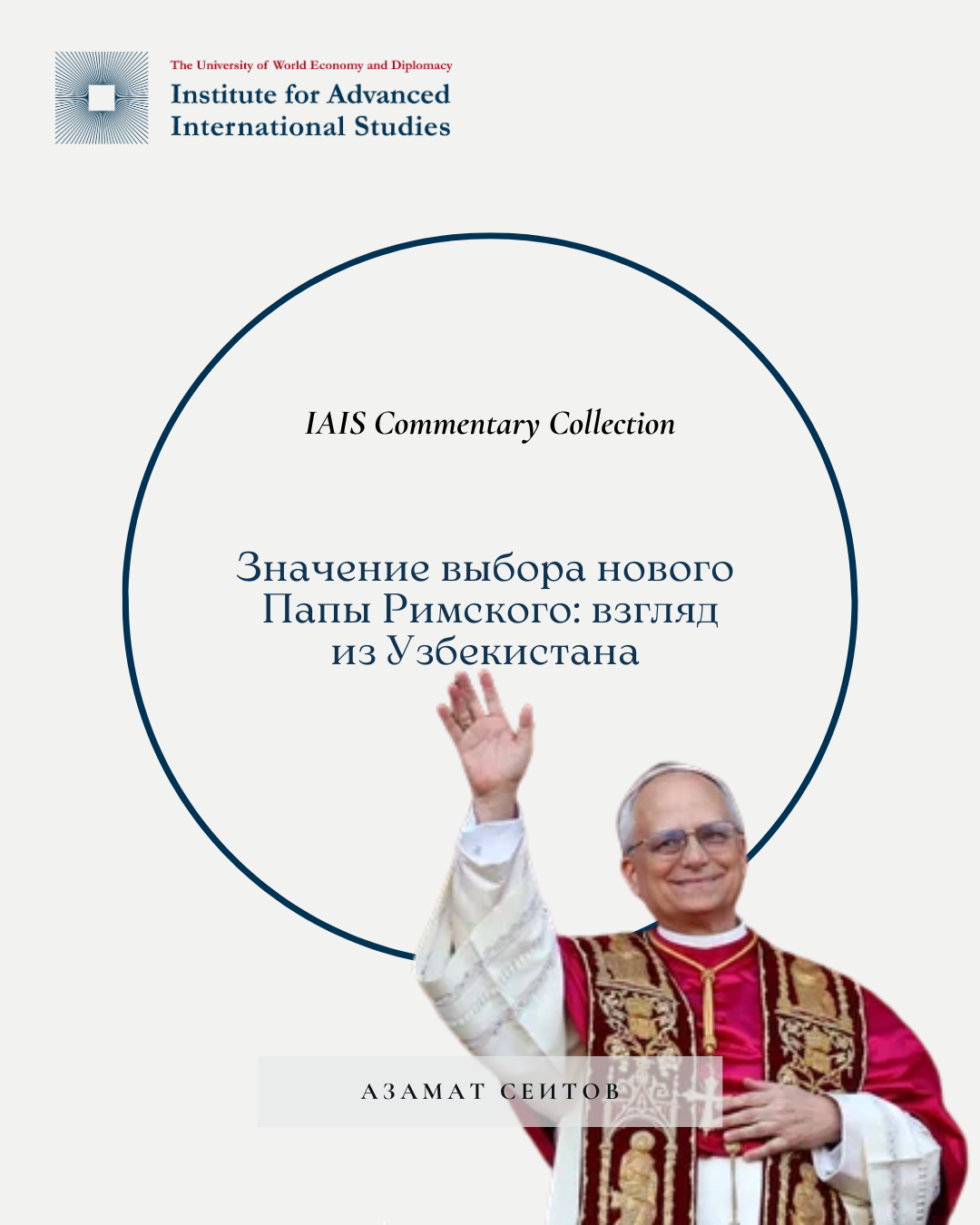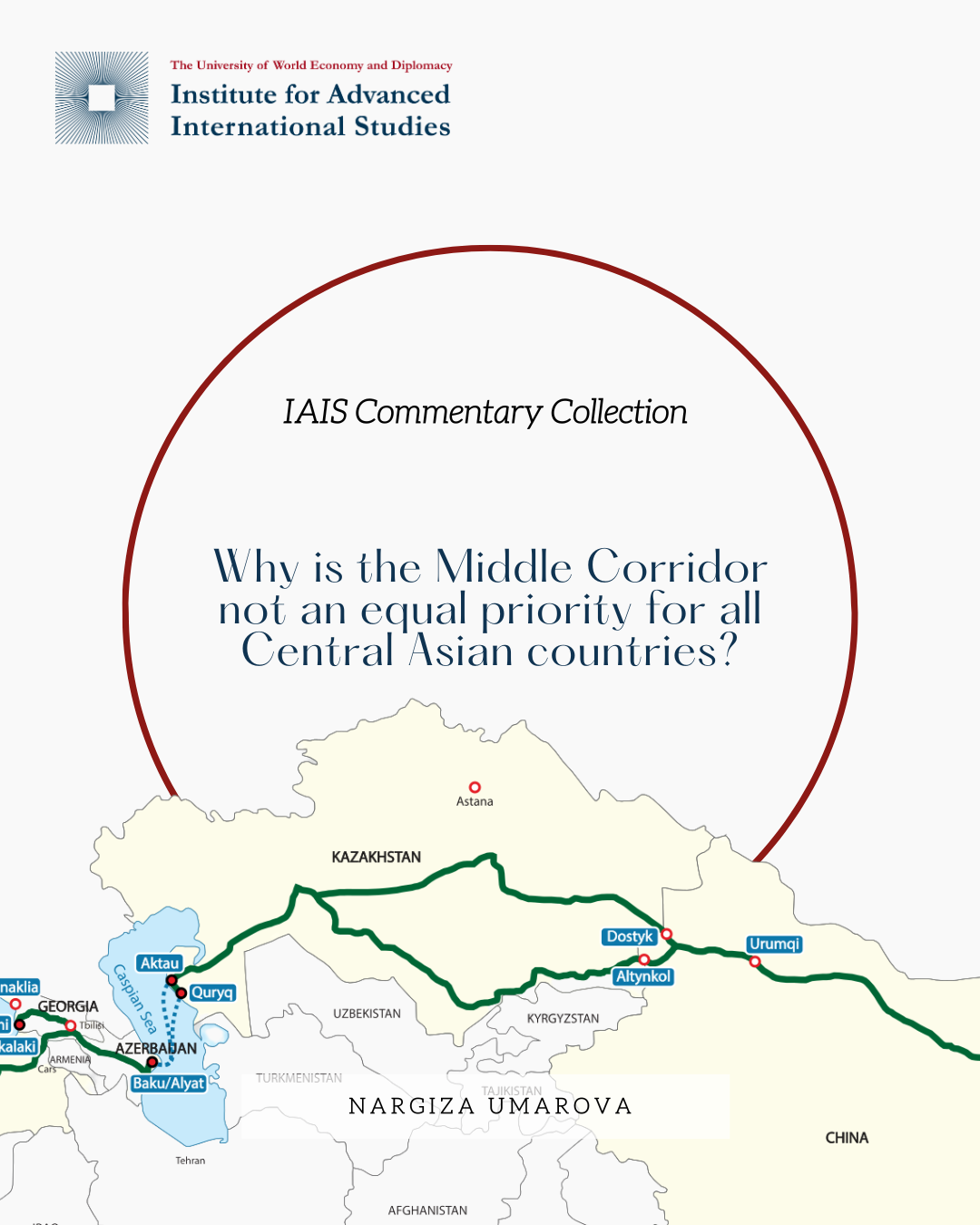The proliferation of modern financial technology (fintech) requires banks and businesses to seamlessly utilize digital technology and artificial intelligence (AI). Modern fintech companies are rapidly breaking into all areas of the economy. To this, the following is a testament.
According to PYMNTS, citing the Financial Times, leading British multinational Revolut Neobank and Fintech company has announced the launch of a mobile service that will “offer users unlimited calls, text messages and data at home, as well as 20GB of data roaming across Europe and the US”, and for the first time will be launched in the UK and Germany. This confirms that fintech companies are making their way into the telecoms sector. From these PYMNTS reports, “the penetration of mobile phones in the global market is blurring the boundary between telecoms and financial services”, which is leading in turn to “digital banks, and especially neobanks, moving into connectivity and mobile payments, while telecoms companies in turn are becoming increasingly embedded in finance”.
Marco Santos, CEO of the German technology solutions group (Gesellschaft für Technologietransfer – GFT), also spoke about the growing demand for financial technology, despite the ongoing global macroeconomic instability, in an interview with BNamericas on 29 April. According to him, GFT has a very clear vision and long-term vision to become leaders and a fully AI-focused company. According to the information, GFT operates in the US and its presence can help mitigate international trade tensions. Banks see “cost optimization” as an “investment in structuring”, reducing costs in banking and are investing heavily in simplifying processes and improving customer service, driving demand for technology, especially AI.
Despite the rapid adoption of AI tools in many business domains, the adoption of AI in fintech applications is still slow due to regulatory requirements related to citizen money management. According to the author's assertion, most of the AI functions in fintech today are focused on speeding up functions such as customer service, accounting, and other operations. Now, a new trend is emerging in fintech: the use of AI for deep investment research by bankers and investors.
In turn, traditional banks are investing in digital transformation and partnering with fintech companies to improve their digital services. These collaborations, she believes, help integrate financial solutions such as digital wallets, peer-to-peer payments and advanced lending solutions, blurring the line between financial institutions and fintechs. Banks partnering with fintechs benefit from innovation, flexibility, cost efficiency and customer-centric service. The use of AI is of interest to the financial services industry as banks are cautiously looking for innovative ways to improve decision-making and operational efficiency, as well as utilizing technology for regulatory compliance, and for banks with operations in multiple countries, the use of AI makes it easier to handle complex reporting across jurisdictions.
In conclusion, investing in digital transformation, financial technology and artificial intelligence will drive competitiveness for fintech companies and banks to improve their digital services and meet growing customer expectations.
* The Institute for Advanced International Studies (IAIS) does not take institutional positions on any issues; the views represented herein are those of the author(s) and do not necessarily reflect the views of the IAIS.






